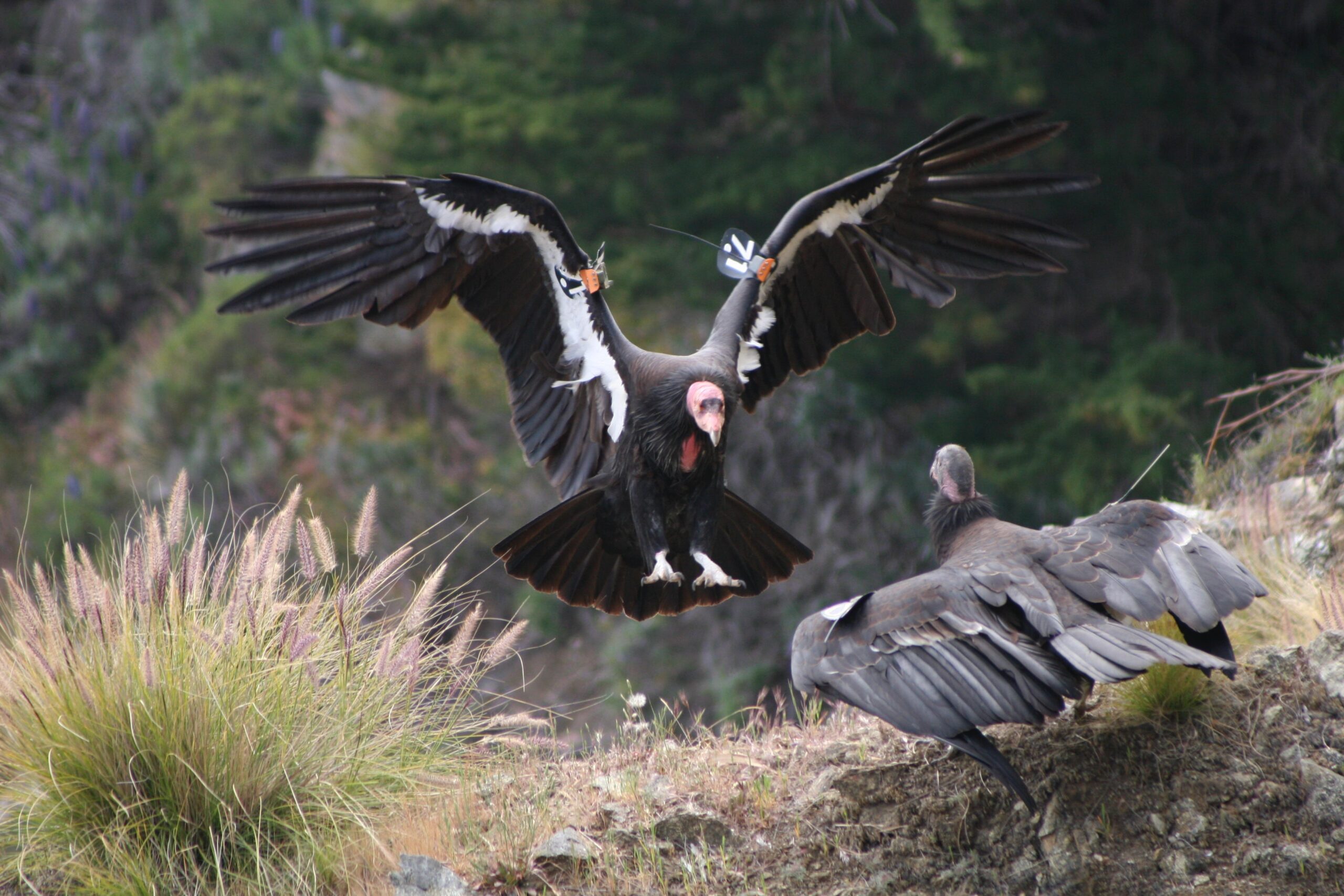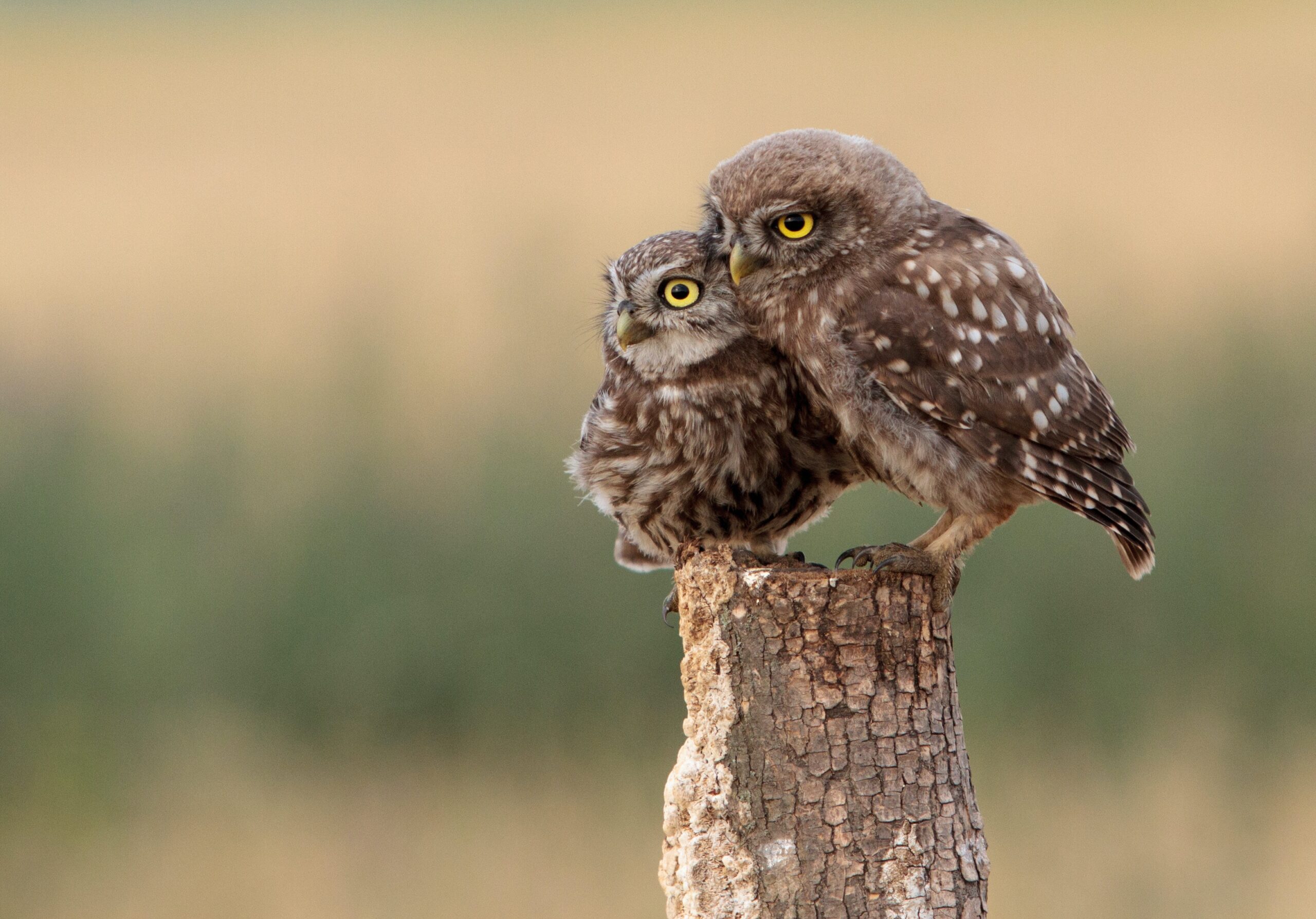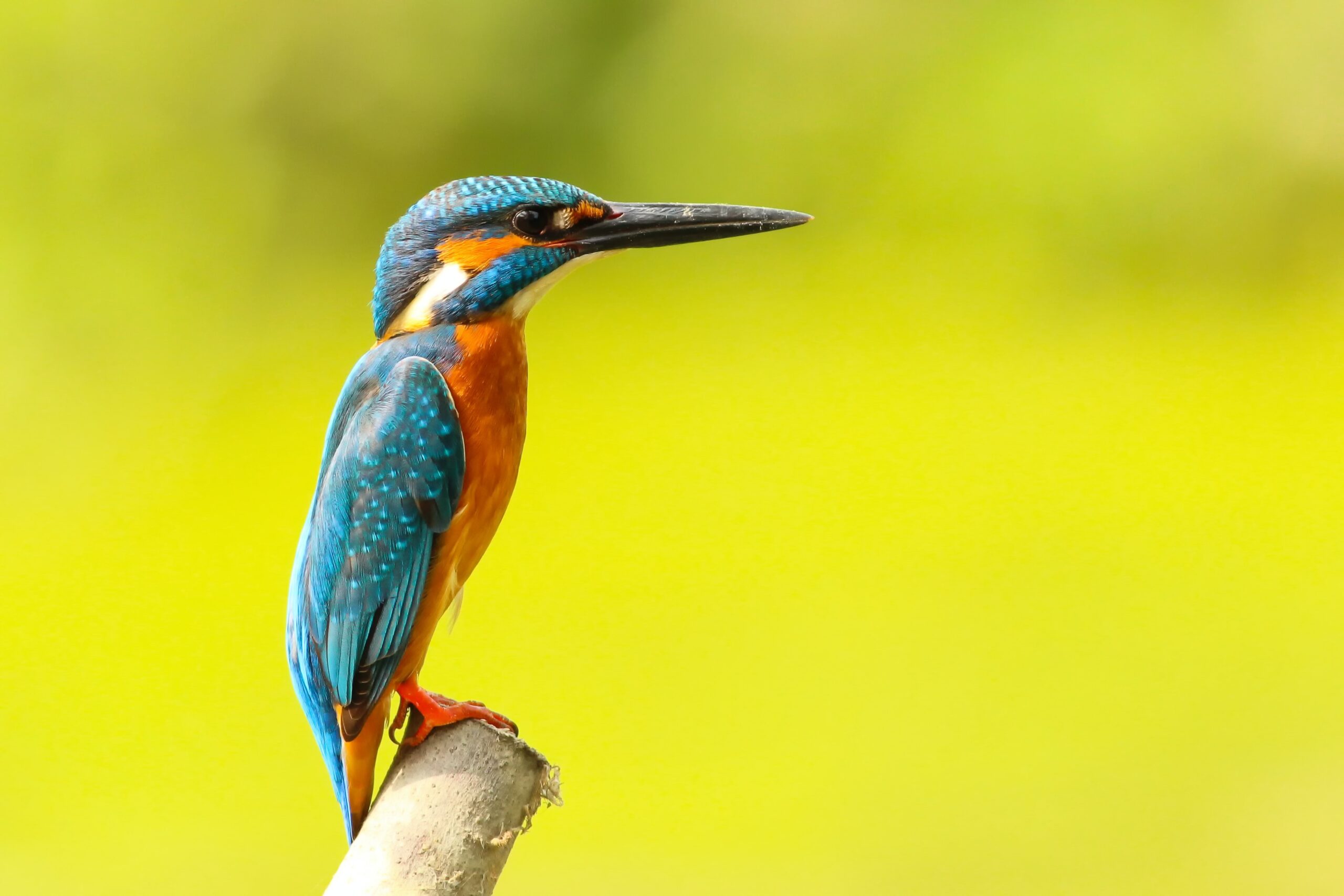This is a developing situation. Check back here for more information.
This page was last updated January 27, 2023.
Avian influenza is an influenza Type A virus that is classified as either “low pathogenic” or “highly pathogenic” based on the severity of the disease in poultry. Highly pathogenic avian influenza (HPAI) has a very high mortality rate in poultry and spreads rapidly. In early 2022, the United States Department of Agriculture (USDA) confirmed the detection of HPAI subtype H5N1 in wild birds and commercial and backyard poultry flocks in the United States.
Visit the USDA Animal and Plant Health Inspection Service (APHIS) resources below for the most up to date information about the current outbreak:
On April 28, 2022, the CDC confirmed that a human had tested positive for H5 bird flu in the United States. This is the second human case associated with this specific group of H5 viruses that are currently predominant, and the first case in the U.S. The case was reported by the state of Colorado, and occurred in a person who had direct exposure to poultry and was involved in the culling (depopulating) of poultry with presumptive H5N1 bird flu. The person reported minor illness and has since recovered.
This case does not change the human risk assessment for the general public, which the CDC still considers to be low. However, people who have job-related or recreational exposures to infected birds are at higher risk of infection should take appropriate precautions outlined in CDC guidance. For the most up-to-date information see the CDC’s situation summary here.
Species Susceptibility & Disease Spread
All avian species are susceptible to avian influenza, though some are more likely to develop serious infection. Domestic poultry such as chickens, turkeys, and other galliformes are most likely to experience severe disease and death from HPAI, with mortality rates up to 100 percent. Raptors, ratites, and psittacines are also highly susceptible to infection. Susceptibility to infections also depends on the circulating strain of HPAI.
Mammals may be susceptible to certain strains of the H5N1 virus. Infection may cause illness, including severe disease and death in some cases. As of January 27 2022, the USDA has reported detections of H5N1 in several mammalian species including amur leopard, black bear, bobcat, bottlenose dolphin, coyote, fisher, grey seal, grizzly bear, harbor seal, kodiak bear, opposum, racoon, fox, and skunk. A full list of 2022 – 2023 HPAI detections in mammals is available on the USDA website.
The H5N1 strain currently circulating has shown high levels of transmission among wild birds, resulting in fatal neurological illness in raptors such as black vultures, bald eagles, and great horned owls that have ingested infected birds. Other species suffering from severe illness in this outbreak include geese, ducks, blue jays, and crows.
Waterfowl and shorebirds are natural reservoirs for HPAI, and the most likely to carry and shed the virus without displaying symptoms. Migratory waterfowl and shorebirds are the species of highest concern, though other wild birds could also play a role in disease spread. Unfortunately, little is known about the role songbirds may play in the spread of HPAI, as surveillance within those species is very limited.
Transmission
Avian influenza can be transmitted in a variety of ways, such as through contaminated water, feces, airborne transmission, ingestion of infected tissues, via fomites such as contaminated footwear, or by direct contact with feathers, bodily discharge, droppings, or infected birds. The virus is quite hardy and thrives in cool, damp environments.
Clinical Signs
Clinical signs correlate with the location of the infection, and vary depending on viral subtype, environmental factors, age, health status and species. The most common signs of HPAI in birds include:
- Sudden death
- Decreased food and water consumption
- Lethargy
- Respiratory distress
- Blood-tinged oral and nasal discharges
- Purple discoloration or swelling around the legs and head
- Drop in egg production
- Diarrhea
- Lacrimation
- Marked depression
- Loss of egg pigmentation, and
- Production of deformed or shell-less eggs
According to The Raptor Center at the University of Minnesota, neurological symptoms are the most common signs of illness in infected raptors. Typically not observed until right before death, specific signs may include:
- Depression
- Apathy
- Difficulty breathing
- Twisted neck (torticollis)
- Head tilt at an angle
- Circling
- Incoordination (ataxia)
- Leg/wing paralysis
- Tremors
- Inability to stand, and
- Arching of the back (opisthotonus)
Additional information on species susceptibility, epidemiology, and clinical signs of avian influenza viruses are available through the following resources:
- The Raptor Center’s Avian Influenza Resource Page
- American Association of Zoo Veterinarians (AAZV) Infectious Disease Manual (pg. 535)
Prevention & Protection
The best way to protect your birds and staff from avian influenza is to prevent the virus from entering the facility in the first place. Zoo and wildlife facilities should develop and implement strong biosecurity plans to prevent pathogens from spreading into, out of, or within the facility.
Collection Protection
Below are some initial actions that may be considered to protect collections:
- Develop a plan to address biosecurity holistically using the CDC’s Hierarchy of Controls
- Implement biosecurity measures for any staff, visitors, volunteers, or vendors accessing areas with susceptible species, including areas where diets are prepared and stored
- Increase biosecurity and disinfection protocols for staff, volunteers, vendors, and equipment/vehicles that may have had exposure to poultry or wild birds
- Consider temporarily restricting guest contact with avian collections, such as closing walk-through aviaries or pausing avian ambassador use
- Consider mitigating wild bird-human interactions, such as removing pellet feeders for birds on facility grounds
- Postpone elective avian veterinary procedures
- Protect susceptible species from contact with wild birds and their biological material by modifying enclosures to limit exposure or relocating animals to covered/indoor enclosures with more protection
- Mitigate presence of wildlife on grounds, particularly waterfowl and shorebirds that are natural disease reservoirs
- Utilize deterrents to keep wild birds away from ponds and other outdoor water sources on grounds
- Closely monitor facility grounds for dead or ill birds, which could indicate the presence of HPAI on grounds, and report any findings to your State Veterinarian
- Obtain input from veterinarians, state and local officials, curators, and volunteers
- While it is rare for indoor household birds (such as parrots, parakeets, etc.) to contract HPAI, there is a report that pet parrots succumbed to HPAI earlier this year in an area with known HPAI transmission. Little information is available about how these birds were exposed. Until more information is available, pet bird owners should be diligent about hygiene and biosecurity to prevent exposing their birds to the virus.
A more exhaustive list of considerations is included in USDA Animal Care’s Tech Note: Protecting Captive Wild Birds from Highly Pathogenic Avian Influenza.
Staff Protection
The CDC confirmed a case of H5 bird flu in a human in the U.S. on April 28, 2022. This is indicative of the potential of this specific group of currently circulating H5 viruses to be transmitted to and infect humans. Below are some actions to be considered to protect staff members working with avian species:
- Review the CDC’s Information for Specific Groups page, which provides guidance for people working with birds/poultry or who may be at risk for exposure to avian influenza.
- Facilities should know where to find the most recent recommendations from the CDC and local public health to keep staff safe.
- Institute or reinforce all personal hygiene actions among staff to limit the spread of disease (handwashing, avoid touching one’s face, PPE use) not just when “on the job,” but also in their off hours.
- Institute a mechanism for caretakers to promptly report any symptoms they may experience.
- Consider a policy that allows staff to report clinical signs of their own disease without negative repercussions for reporting.
- Ensure that staff are properly trained for working with the species under their care, and are trained to any new protocols implemented at this time.
- Reinforce the importance of reporting any unusual symptoms in both themselves, and animals they care for.
- Limit the number of individuals in contact with known susceptible species. Maintain a log of individuals working with susceptible species for contact tracing if necessary.
The following resources offer additional guidance and tools that can be used to develop biosecurity plans:
- Secure Zoo Strategy
- The Raptor Center’s Avian Influenza Resource Page
- National Animal Health Emergency Management System (NAHEMS) Guidelines: Biosecurity
What to Do If You Suspect HPAI on Grounds
Immediately report sick or dead birds on facility grounds to your veterinarian, and contact the State Veterinarian or call USDA at 1-866-536-7593. Response personnel will work directly with facilities on next steps if HPAI is suspected.
The following resources can be used to find your State Animal Health Official (SAHO):
- National Alliance of State Departments of Agriculture (NASDA) Directory
- United States Animal Health Association (USAHA) list of SAHOs
Response
USDA-APHIS Veterinary Services is the lead federal agency for responding to HPAI in poultry. Cases of HPAI in other captive birds that are not considered poultry are generally managed by State authorities, though USDA-APHIS may provide recommendations and support. Responses for captive non-poultry birds will likely be evaluated on a case by case basis, and consider a variety of factors such as the strength of the impacted facility’s biosecurity plan and the risk posed to agriculture in the area.
Under the World Organisation for Animal Health’s Terrestrial Animal Health Code poultry is defined as:
“all domesticated birds, including backyard poultry, used for the production of meat or eggs for consumption, for the production of other commercial products, for restocking supplies of game, or for breeding these categories of birds, as well as fighting cocks used for any purpose…..Birds that are kept in captivity for any reason other than those reasons referred to in the preceding paragraph, including those that are kept for shows, races, exhibitions, competitions or for breeding or selling these categories of birds as well as pet birds, are not considered to be poultry.”
Testing
Testing for the presence of avian influenza can be conducted using live birds, dead birds, or the environment that birds inhabit. The USDA-APHIS AI testing process takes place in two stages: a rapid screening stage, which screens for the presence of all AI virus subtypes, followed by a confirmatory test.
Rapid screening tests are performed by one of the more than 45 USDA-approved laboratories in the National Animal Health Laboratory Network (NAHLN), and results from this test can be expected within 4-7 hours of receipt by NAHLN.
If initial screening tests indicate the presence of AI virus, confirmatory tests are performed at the USDA’s National Veterinary Services Laboratories (NVSL) in Ames, Iowa. Some of these tests have the ability to specifically identify H and N subtypes of the AI virus. Test results can be expected within 5-10 days.
For more information about the avian influenza testing process, see this USDA Fact Sheet.
Surveillance
Through its ongoing wild bird surveillance program, APHIS collects and tests large numbers of samples from wild birds in the North American flyways. The agency is planning to expand wild bird surveillance in light of recent HPAI confirmations.
The following resources include additional information regarding response to HPAI:
Recent HPAI News
HPAI Detections in US Livestock
March 27, 2024
Read The Article

Emergency Use of Vaccine Approved to Protect California Condors
May 20, 2023
Read The Article

HPAI Updates for Zoo and Wildlife Veterinarians Webinar (Recording)
May 1, 2023
Read The Article

HPAI Updates for Zoo and Wildlife Professionals Webinar (Recording)
April 28, 2023
Read The Article
